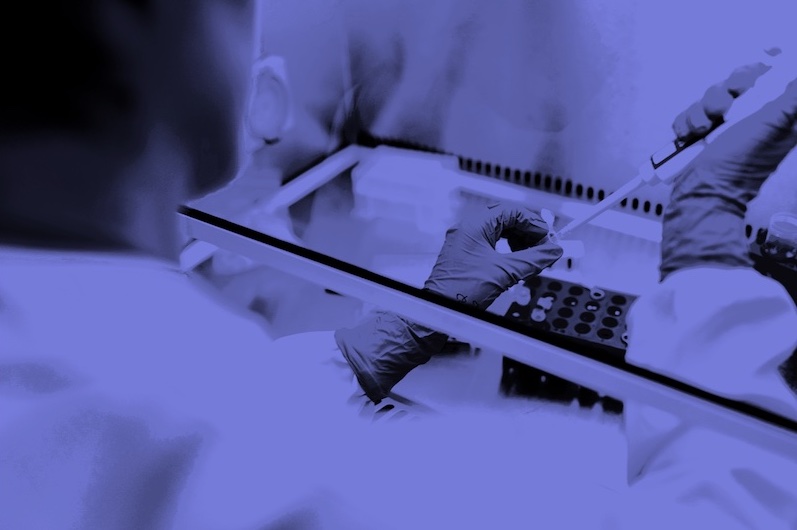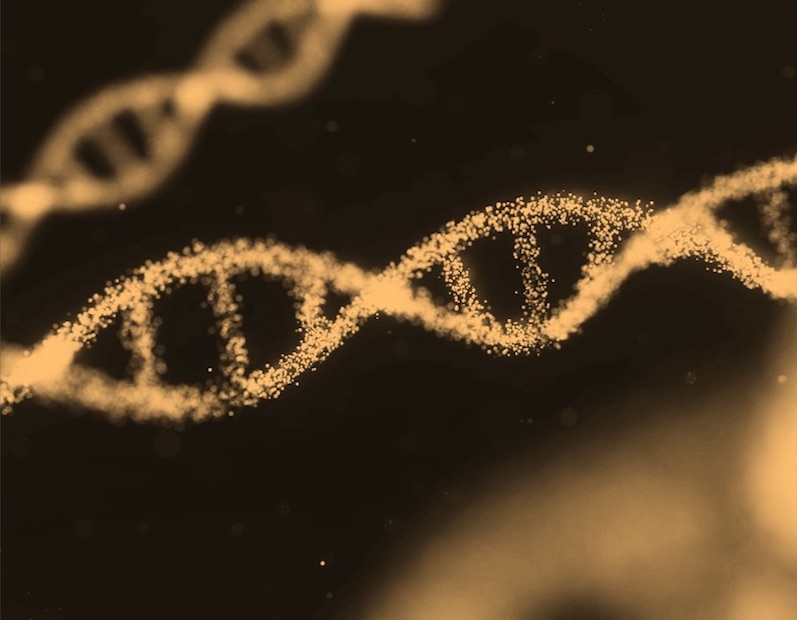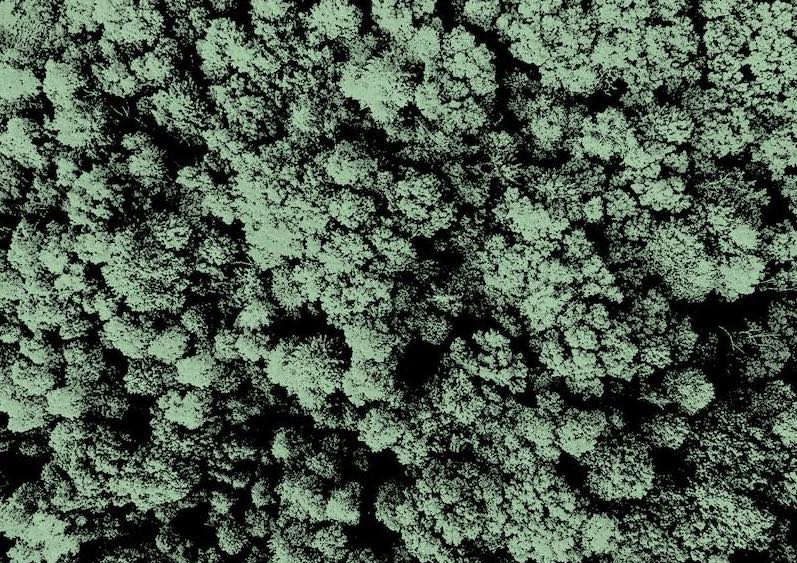What is it about?
Archaea in Food Microbiology: Are They Really a Possible Threat or Not? is a research article that investigates the potential role of archaea in food safety. Archaea are a group of microorganisms that are similar to bacteria but have distinct genetic and biochemical characteristics. The article reviews the literature on archaea in food microbiology, including their diversity, distribution, and potential health risks. The author also discusses the factors that can influence the growth of archaea in food products, such as temperature, pH, and the presence of other microorganisms. Overall, the article concludes that while archaea are not typically considered to be major foodborne pathogens, there is a need for continued research to better understand their potential role in food safety.
Featured Image

Photo by National Institute of Allergy and Infectious Diseases on Unsplash
Why is it important?
Archaea in Food Microbiology: Are They Really a Possible Threat or Not? is an important article for several reasons: Understanding the diversity of microorganisms in food: This article helps to increase our understanding of the diversity of microorganisms that can be found in food. This information is important for developing effective food safety measures. Identifying potential foodborne pathogens: While archaea are not typically considered to be major foodborne pathogens, there is a need for continued research to better understand their potential role in food safety. This article contributes to this research by reviewing the literature on archaea in food microbiology. Developing effective food safety measures: The information in this article can be used to develop effective food safety measures to prevent the growth of archaea and other microorganisms in food products. This can help to protect public health and reduce the risk of foodborne illness. Overall, this article provides valuable information that can be used to improve food safety and protect public health.
Perspectives
The Emerging Role of Archaea in Food Microbiology: A Call for Continued Research The article, "Archaea in Food Microbiology: Are They Really a Possible Threat or Not?" offers a valuable contribution to the field of food safety by highlighting the importance of understanding the role of archaea in foodborne illness. While the article provides a comprehensive overview of the current state of knowledge, there are several areas where further research is needed: Risk Assessment: A more comprehensive risk assessment is needed to evaluate the potential health risks associated with archaea in food products. This could involve studies on the virulence of different archaeal species and their ability to cause disease in humans. Detection and Identification: The development of more sensitive and specific methods for the detection and identification of archaea in food products is essential for effective food safety monitoring. Control Measures: Research is needed to develop effective control measures to prevent the growth of archaea in food products. This could include the use of novel food preservation techniques or the development of antimicrobial agents that are specifically targeted against archaea. Public Health Surveillance: The establishment of public health surveillance systems to monitor the prevalence of archaea in food products is necessary to identify and respond to potential outbreaks. By addressing these areas, future research can provide a more complete understanding of the role of archaea in food safety and inform the development of effective prevention and control measures.
Independent Researcher & Consultant Mostafa Essam Eissa
Read the Original
This page is a summary of: Archaea in Food Microbiology: Are They Really Possible Threat or Not?, Novel Techniques in Nutrition & Food Science, November 2017, Crimson Publishers,
DOI: 10.31031/ntnf.2017.01.000504.
You can read the full text:
Contributors
The following have contributed to this page







